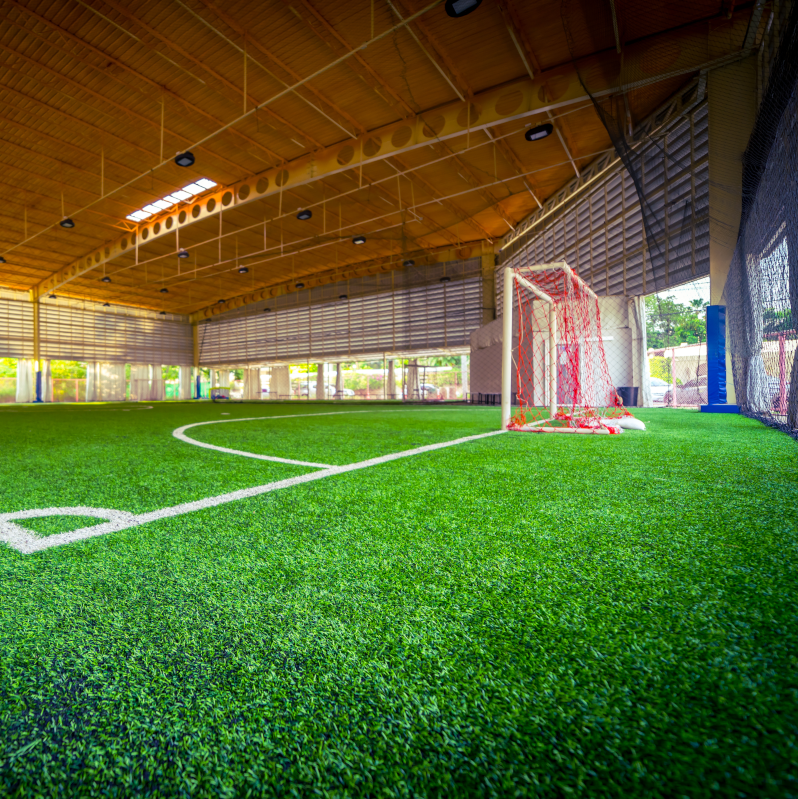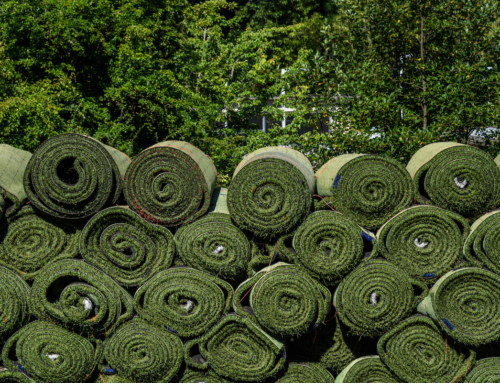Last Updated on February 17, 2022 by ReTurf
Soccer field turf solutions can vary depending on particular needs. These will include location and budget. The interplay between player, ball, and surface is considered the most important from the player’s perspective. At the same time, installation and maintenance costs are at the forefront for the clubs and facilities that host the game. We will look at a few common scenarios and those turf solutions that may best fit them.
The Players Choice: Natural Turf
When soccer players were polled, a majority said they preferred playing on natural grass fields. The main reason comes down to a few factors. Studies showing decreased stress on ACL and how the ball reacts were at the forefront. Soccer players who practice and play on natural grass also have a harder time transitioning the game to artificial turf. This is for some of the following reasons:
- Increased ball speed
- Increased play speed
- Ball control is harder
- Increased bounce
- Decreased control
So, why are so many soccer fields transitioning to artificial turf? The main reason comes down to maintenance. While the game is preferred on natural grass, the upkeep required to maintain a perfect natural soccer field is extensive. Natural grass wears much quicker and requires a lot of upkeep.
Artificial Turf
Artificial turf for soccer allows for a more consistent play surface and is less affected by weather events. Artificial turf is far less costly to maintain and stands up to much more long-term punishment. This surface choice also does not develop lumps or divots like natural grass can. It is not maintenance-free, however, and will eventually wear to the point of requiring repair or replacement, but the overall timeline still makes it a better investment.
Alongside, modern artificial turf, and those in development now, are starting to bridge the gaps between natural and artificial grasses. Modern artificial turf solutions for soccer are focused on mimicking the footing, ball reaction, and overall play characteristics of natural grass. Focus is also being placed on injury risk reduction, with many studies now reflecting this.
As the growth and interest in soccer increases, so do the demands of the playing surface. Artificial turf is bridging this gap for stadiums and soccer fields who require fields that can last through elevated levels of use while providing lower maintenance costs.
Infill Considerations
The infill material itself can affect ball play on artificial turf. Studies have shown that a soccer ball’s reaction can be affected greatly depending on the infill chosen. Some infill products have focused on the needs for soccer in particular. These companies are engineering their product to mimic the ball reaction on natural grass as best possible. This includes ball bounce and direction of spin upon contact.
Indoor Soccer Fields
For indoor soccer, stadiums, arenas, and warehouses, artificial turf is the only viable choice. The only extra consideration when artificial turf is being installed indoors over concrete is drainage, but there are a number of products and solutions that address this. One of the biggest benefits is the fact that indoor artificial turf soccer fields can last 15-20 years without requiring replacement.
A Budget-Conscious Approach
Aside from all of the long-term savings that artificial turf provides, further cost reduction can be found by utilizing a quality recovered turf product. Recovered turf can have an extremely long life left ahead of it and come in at a cost almost 90% cheaper than new turf. See a quality recovered turf product here.
Turf Renovation, Removal, and Installation For Soccer Fields
Whether looking to have a field installed for a small local soccer club, renovating a stadium or school, or starting a new construction project from scratch- we provide construction, consultation, and management services available directly through UDC Sports, our parent company. UDC Sports is a full-service sports facility construction contractor. Learn More Here



